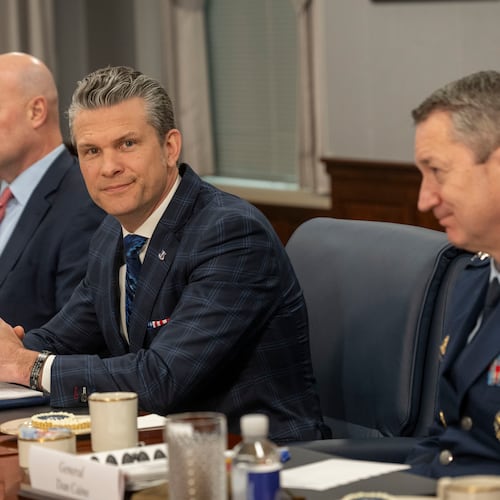Statistics back the prevailing notion that nonwhite people don’t much visit or work in our national parks. Media focused on this fact when the First Family visited Yellowstone National Park and Grand Canyon mid-August. But history tells a conflicting story.
The first rangers at Yosemite National Park were black men, known as buffalo soldiers. At Mammoth Cave, just south of Louisville, Ky., teenaged slaves were among the initial explorers and guides.
Yet, in recent years, only 1 percent of Yosemite’s visitors have been African American, and the number of black rangers there has fallen since the days of the buffalo soldier. At Mammoth Cave, Jerry Bransford dons his guide uniform and tells visitors a story that surprises them: Bransfords worked as guides at the cave in successive generations starting during slavery and uninterrupted until 1939, when the National Park Service was about to take over management. Local supervisors told the black guides they no longer had jobs.
Today, Jerry Bransford carries on the legacy as a seasonal guide. He began working at Mammoth Cave after retiring from a career at Dow Corning and learning of his family’s contributions to the development of the site as a tourist attraction.
Out in California, Shelton Johnson, one of Yosemite’s few park rangers of color, recreates the role of the buffalo soldiers and works with like-minded people across the country to promote diverse engagement with the national parks and outdoor activity. He is featured in the upcoming Ken Burns documentary on the national parks, which premieres Sunday.
At Berkeley University, geographer Carolyn Finney is exploring the relationship of African Americans to the environment and to the environmental movement. Her work focuses on “the role of memory and identity in influencing African-American environmental participation, and the general disconnect between African-American environmental professionals and their white counterparts regarding the perception of exclusion and racism within an environmental context,” she said.
And in Atlanta my husband, Frank, and I are working to propel the movement to involve more people of color in the outdoors and in the “green” economy.
We took a life-changing cross-country trip 14 years ago. We discovered places of beauty so many people like us did not know existed. From the Badlands to the Grand Canyon, from Yellowstone and Yosemite national parks, we saw very few other black people in the parks. Inspired, we launched a campaign to publicize the parks to Americans of color.
Today, our work will culminate in a three-day conference here — Breaking the Color Barrier in the Great American Outdoors — that brings together top African-American, Latino, Asian, Native American and Caucasian professionals from around the country in the academic, government, business, recreation and nonprofit sectors.
We see this as an opportunity to boost engagement in the green economy and make visible diverse achievements in sports such as mountain climbing, skiing and scuba diving, along with contributions in academia and business. Through this meeting, we will advocate for more Americans of diverse ethnic and cultural heritage to protect the environment and the scenic treasures in the public parks, forests and wildlife refuges.
When President Barack Obama and his family visited national parks in mid-August, we seized on that trip to focus public attention on the national parks and the importance of every ethnic group embracing their heritage. We also continued to press park service officials to partner with external communities.
The National Park Services’ budget is approaching $3 billion, and many parks are bigger than major cities. They require workers for all the amenities they provide. Our nation’s changing demographics demand participation from all ethnic groups if the parks and the environment are going to thrive.
Some African Americans, Latinos and Asians have not seen themselves reflected in outdoor sports, the environmental movement or jobs in national parks. That has got to change.
Audrey Peterman is co-author of the forthcoming book “Legacy on the Land.”
About the Author
Keep Reading
The Latest
Featured
